When Active Adult Communities Go Bad
Category: Active adult communities
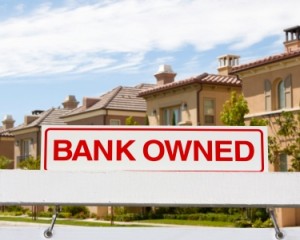 Note: This article was originally posted in 2009. Although things have improved in some communities, most of these same issues remain in 2011.
Note: This article was originally posted in 2009. Although things have improved in some communities, most of these same issues remain in 2011.
With prices in some very interesting active adult communities sliced in half from just 2 years ago, it is tempting to buy a retirement home. But as many thoughtful people have pointed out, those bargain prices could have… some high costs associated with them. This article will attempt to point out some of the pitfalls.
The Tideland Condos, of the Palm Coast, Florida is just one example of a community where bargain prices abound. Condos with 2 or 3 bedrooms that were originally priced at $350 – $500k are now offered in the low $100’s according to some reports. There are plenty of other examples as well, and many of these communities are very tempting – great homes with plenty of amenities in desirable areas. Their prices have probably come down mostly because of timing – they came on the market just as the market collapsed.
But buying a bargain active adult community is not without its perils. Here are some of the chief problems:
1. Many existing owners might be underwater on their mortgages. Since they owe more than their unit is worth, many will walk away, leaving foreclosed homes in the development.
2. Ongoing maintenance costs do not change much, regardless of how many homes are unsold or in bankruptcy. As the number of active owners go down, the common fees per homeowner must necessarily go up. Because even more homeowners could be driven out by the increase, it is impossible to predict what the charges might become.
3. Foreclosed, abandoned, unsold, and unbuilt homes hurt property values – so resale values go down further. Some communities will probably become ghost towns, at least temporarily.
4. The development could go into bankruptcy. This can happen whether it is owned by a developer or by a Home Owners Association (HOA). This adds more negative fuel to the fire.
5. Immense legal problems can develop in a bankruptcy or change of ownership. An unfortunate drama like that is now playing out with the Four Seasons at Charlottesville, a community that was recently auctioned off on the Courthouse steps. Only 83 homes are currently occupied of the 650 that were originally planned. The new owner believes that the development’s large clubhouse with indoor pool belongs to it, whereas the HOA contends it owns the clubhouse. A legal battle is playing out now for control. Even if the HOA does end up controlling the clubhouse, the reduced number of homeowners means that owners might have to pay as much as $650 per month to maintain those common areas.
6. Similar problems are occuring in many high-end developments with fancy golf courses and other facilities. Expensive equity country clubs with $100,000 entrance fees might now find themselves either becoming semi-private courses, or they and their extensive cost structures might force their developments into bankruptcy.
7. Communities might not go bankrupt but they could default on loans or loan commitments. This in turn could result in liens being attached to all homes in the development, a serious impediment to resale.
8. A different kind of problem recently came to light at The Villages, the giant active adult community near Ocala, FL. There a court case seems to be determining that its Community Development Districts (similar to a Home Owners Association) paid too much for the common areas like golf courses it bought from the developer. Now the tax-exempt status of the bonds used to finance the purchase is being challenged by the IRS, which could lead to much higher common fees in the future.
9. Developments can fall behind on taxes, causing more liens and fines.
10. A more hidden problem usually also occurs when a development is at less than full occupancy. The community’s contingency funds, the money banked over the years to bankroll expensive infrastructure repairs like roofs and roads, are usually stopped or spent. So in future years homeowners could face big and unexpected assessments when those repairs must be made.
11. Another problem tends to occur in active adult communities that are not finished. If the developer runs into financial trouble some of the planned amenities (like the clubhouse, pool, or clubhouse) might be cut or down-scaled. This can lead to more legal troubles and other disappointments.
12. Desperate owners and developers who need cash could lead to yet more problems. Renters can be less than ideal neighbors, and if too many people move in who are less than 55 years of age, the community could lose its age-discrimination protections as a 55+ community.
These problems might discourage you from acting on your impulse to purchase that bargain active adult community. Nevertheless there are plenty of reasons why a purchase now might be a smart move. In the next installment we will explore the steps you can take to protect yourself in a bargain purchase.
For further reference:
10 Questions to Ask Before You Purchase in an Active Adult Community
Why Not Live in an Award-Winning Community
Special thanks to OldNassau, our member who sugggested this important topic.
What Can You Add to Our List? Please use the Comments section below to put in your 2 cents.
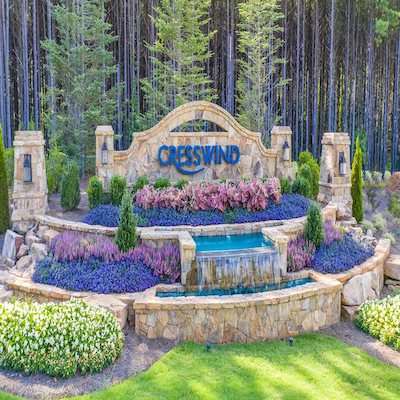
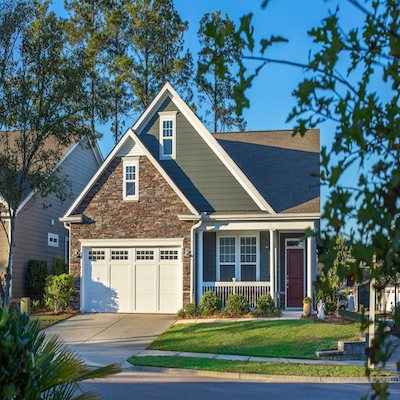
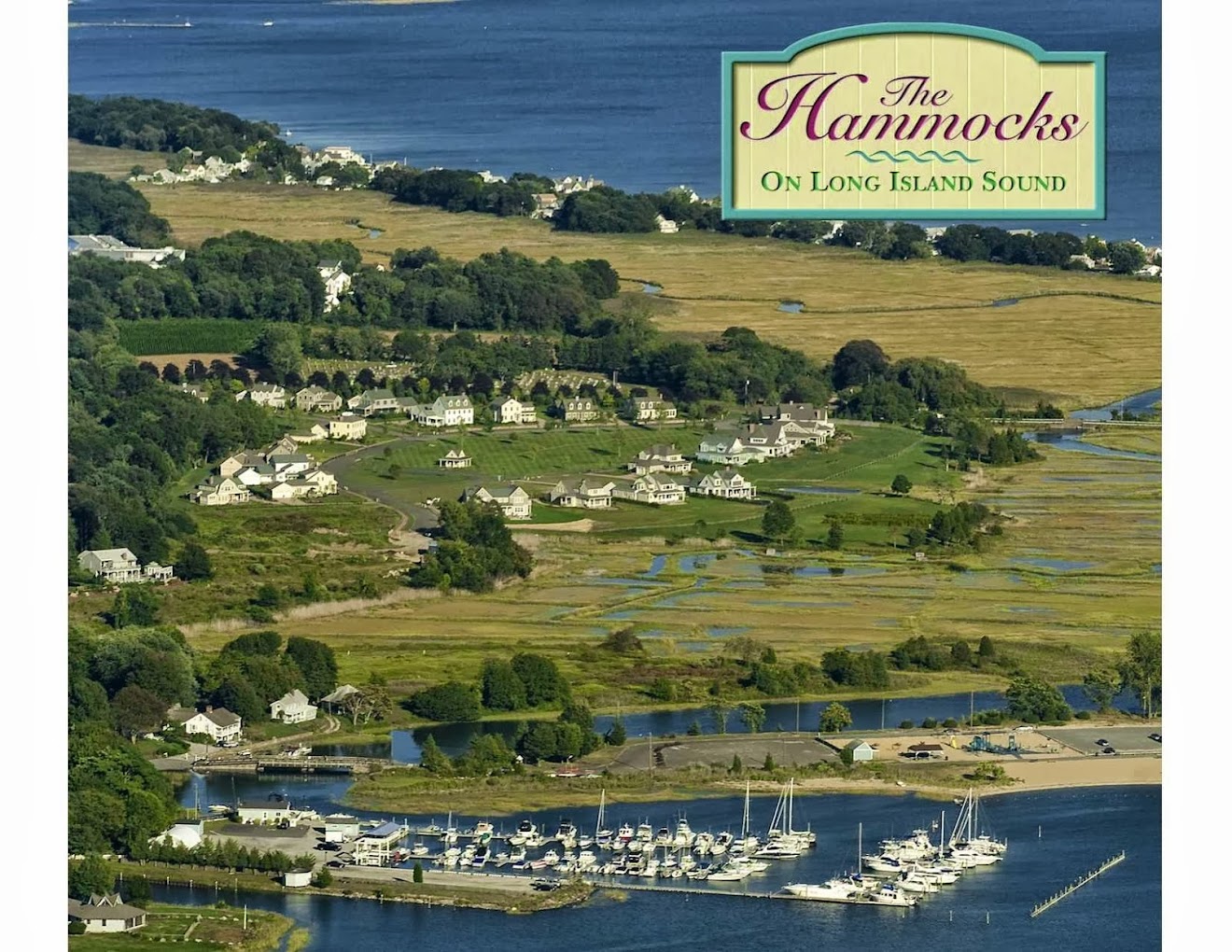

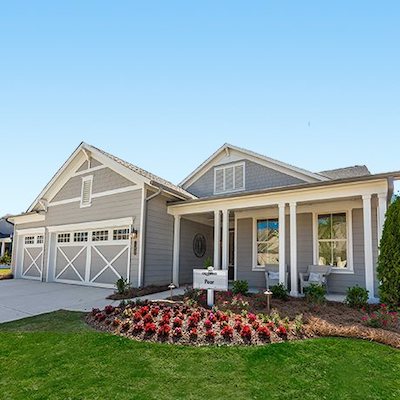
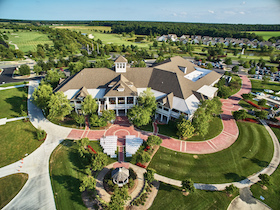
Comments on "When Active Adult Communities Go Bad"